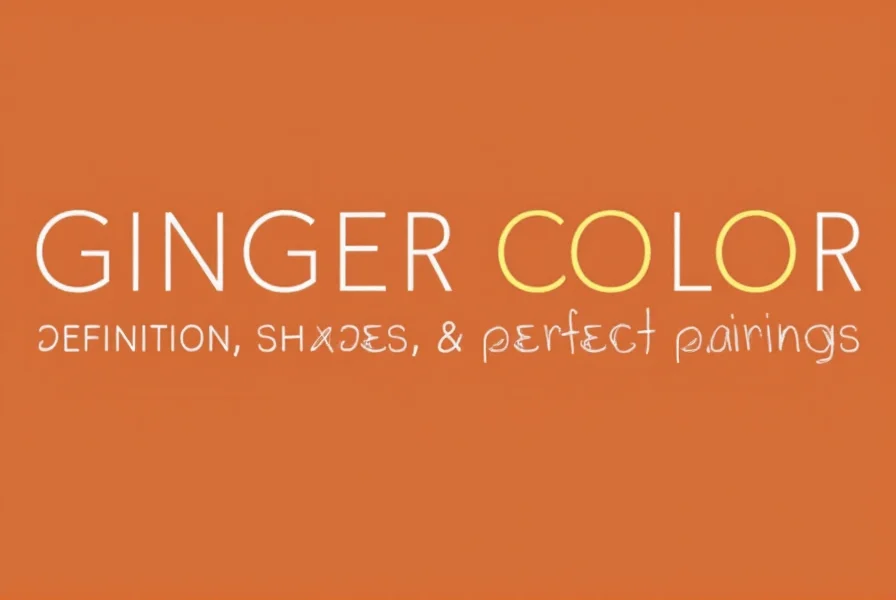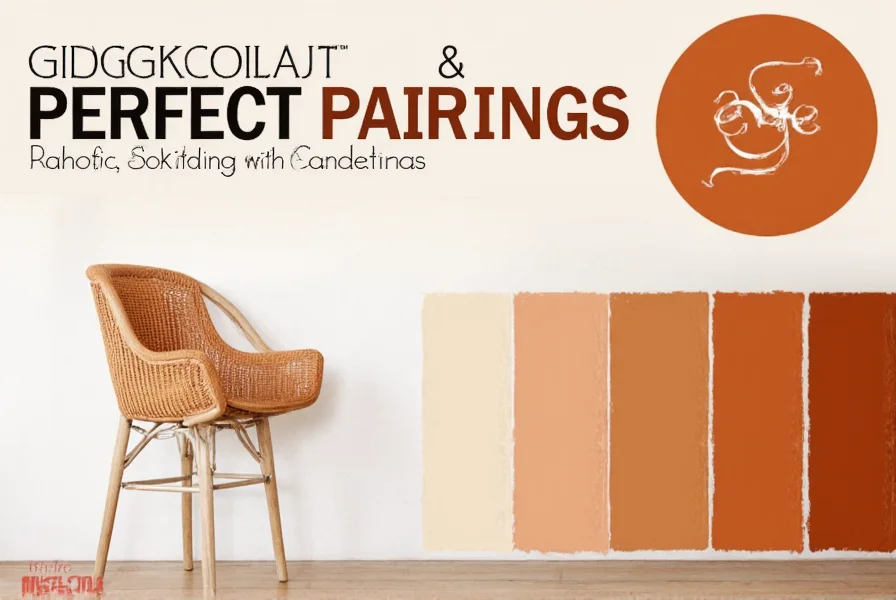Understanding Ginger Color Characteristics
Ginger color occupies a unique space in the color spectrum between red and orange. Its defining characteristics include:
| Characteristic | Description | Comparison to Similar Colors |
|---|---|---|
| Hue | 15-25 on color wheel (between red-orange) | Warmer than auburn, cooler than copper |
| Undertones | Pronounced golden-yellow base | More yellow than burgundy, less than strawberry blonde |
| Light Reflectance | Medium to high (appears vibrant) | Brighter than mahogany, darker than carrot |
Natural Ginger Hair Variations
Natural ginger hair represents one of the rarest human hair colors, occurring in only 1-2% of the global population. This distinctive shade results from a mutation in the MC1R gene that affects melanin production. When exploring what is ginger color hair, professionals recognize several distinct variations:
- Light Ginger - Pale orange with visible golden highlights, often seen in children
- Middle Ginger - Classic vibrant orange-red balance, the most common ginger shade
- Dark Ginger - Deeper reddish-brown with subtle orange undertones
- Copper Ginger - Enhanced golden tones with metallic sheen
Professional colorists note that natural ginger tones change dramatically with lighting conditions. Under natural sunlight, the golden undertones become more pronounced, while indoor lighting often emphasizes the red component. This dynamic quality makes ginger color particularly challenging to replicate artificially while maintaining authenticity.
Color Theory Applications
Understanding how to describe ginger hair color helps in creating effective color combinations. The warm nature of ginger creates striking contrasts with complementary cool tones while harmonizing beautifully with analogous warm shades.
When selecting the best colors to match ginger hair, consider these proven combinations:
- Complementary Pairings - Teal and emerald green create dramatic contrast that makes ginger tones pop
- Analogous Harmony - Mustard yellow, burnt orange, and terracotta create cohesive warm palettes
- Neutral Foundations - Cream, taupe, and warm grays provide sophisticated backdrops
- Monochromatic Depth - Layering multiple ginger shades creates dimensional richness
Interior designers frequently use ginger color palettes for design in earthy spaces seeking warmth without overwhelming intensity. In fashion, ginger serves as both a statement color and a sophisticated neutral when properly balanced with supporting tones.
Practical Color Matching Guidance
Whether you're selecting makeup, clothing, or home decor, these practical guidelines help maximize the ginger color effect:
For individuals with natural ginger hair, jewel tones generally provide the most flattering contrast. Emerald green, sapphire blue, and amethyst purple create striking visual interest while enhancing natural features. When determining what colors complement ginger hair best, avoid:
- Orange-based reds that create color competition
- Cool pastels that wash out warm complexions
- Yellow-greens that blend too closely with ginger undertones
Professional makeup artists recommend golden-bronze eyeshadows and peachy lip tones for ginger-haired individuals. These selections enhance natural warmth without creating harsh contrasts. For interior spaces featuring ginger accents, deep navy blue provides an unexpectedly sophisticated pairing that balances the vibrancy of ginger tones.

Cultural Significance and Evolution
Ginger color has held varied cultural significance throughout history. In ancient Egypt, ginger-toned hair was associated with the sun god Ra, while Celtic traditions viewed natural ginger hair as a mark of special spiritual connection. The term "ginger" itself entered common usage for hair color in the 19th century, replacing earlier terms like "carrot-top" and "red-headed."
Modern color psychology suggests ginger evokes feelings of warmth, creativity, and approachable energy. Unlike more intense red shades that signal passion or danger, ginger's yellow component softens its psychological impact, making it feel more inviting and less aggressive. This nuanced perception explains ginger color's growing popularity in branding for companies seeking to appear innovative yet trustworthy.
Frequently Asked Questions
What is the difference between ginger and auburn hair color?
Ginger hair contains more golden-yellow undertones compared to auburn, which has deeper red-brown tones with less yellow. Ginger appears brighter and more orange, while auburn leans toward burgundy with cooler undertones. Natural ginger also tends to be more vibrant and less prone to fading than auburn shades.
Which colors look best with ginger hair?
Jewel tones like emerald green, sapphire blue, and deep purple create the most flattering contrast with ginger hair. Warm neutrals including cream, camel, and warm grays also complement ginger beautifully. Avoid orange-based reds and yellow-greens that compete with ginger's natural undertones.
Is ginger hair color naturally occurring?
Yes, ginger hair is a naturally occurring genetic variation affecting approximately 1-2% of the global population. It results from a mutation in the MC1R gene that reduces eumelanin production while increasing pheomelanin, creating the distinctive reddish-orange hue with golden undertones.
How does lighting affect the appearance of ginger color?
Ginger color appears dramatically different under various lighting conditions. Natural sunlight enhances the golden undertones, making ginger look brighter and more orange. Incandescent lighting emphasizes the red component, while fluorescent lighting can make ginger appear flatter and less vibrant. Professional color matching always considers these lighting variations.
What's the difference between ginger and copper hair?
Copper hair contains more metallic sheen and higher red concentration with less yellow than ginger. Ginger appears warmer and more orange, while copper has a shinier, more metallic appearance with stronger red tones. Copper often looks more artificial, while natural ginger has subtle variations throughout the hair.











 浙公网安备
33010002000092号
浙公网安备
33010002000092号 浙B2-20120091-4
浙B2-20120091-4